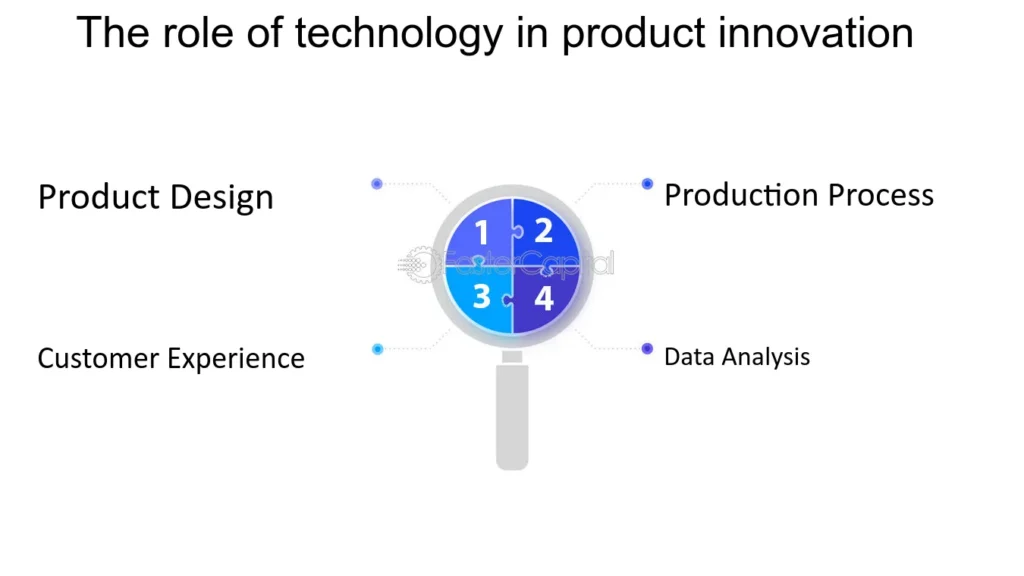Product design is commonly misconstrued merely as a discipline revolving around color palettes, content arrangement, and aesthetics, often confined to enhancing user interfaces. However, its scope transcends visual elements, encompassing a far-reaching influence on business strategy, user experience, and technological explorations. As an intricate process rather than a static deliverable, it serves as a guiding compass in innovation initiatives, emphasizing astute decision-making to mitigate risks and foster more effective innovation.
In this intricate dance of innovation, technologists wield a pivotal role that extends beyond their customary precision. They are tasked with not only articulating the essence of technology but also with strategically envisioning its application in problem-solving contexts. This necessitates a shift from their traditional tactical involvement with technology towards a more strategic and visionary approach. Leveraging their expertise, technologists bridge the gap between technical intricacies and innovative business cases, identifying solutions that align with business needs.
The crux of successful technology innovation lies in addressing underlying business problems—be it enhancing efficiency, expanding revenue streams, or streamlining internal processes. The specific technological innovations utilized become secondary to the efficacy with which they resolve these issues and enhance the end-user experience. Analogous to hanging a picture where the specifics of the process fade in significance compared to the final outcome, technology’s relevance lies in its problem-solving capability and the overall user experience it facilitates.
However, product innovation is not a guaranteed conduit to immediate success; rather, it’s an experimental journey characterized by ambiguity and a learning curve. Bridging the gap between technology and product teams is imperative to avoid unfulfilled promises or perceptions of technology without purpose. This challenges business leaders to translate technological innovation into tangible value creation and avoid falling into the trap of integrating technology for its own sake.

Amidst the pervasive hype surrounding technological advancements, such as AI, the real challenge for technology and product executives lies in seamlessly integrating these innovations into products rather than merely ticking boxes. The integration process should naturally flow from design to technology, ensuring that technology becomes an organic solution rather than a forced addition.
Technologists, akin to artisans working with different materials, must comprehend the ontology and phenomenology of digital technologies to harness their full potential. By deciphering the inherent characteristics of technologies, they bridge the abstract nature of design with the meticulous nuances of technology, fostering a symbiotic relationship between the two realms. This philosophical perspective becomes particularly crucial during a product’s growth stage or when employing emerging technologies.
Whether a product is in its infancy, stable, or leveraging cutting-edge technologies, the integration of technologists into the product strategy and design process enriches the final outcome. Their involvement transcends the code-focused operational aspect, sparking innovation that can range from subtle yet impactful moments to revolutionary breakthroughs.












